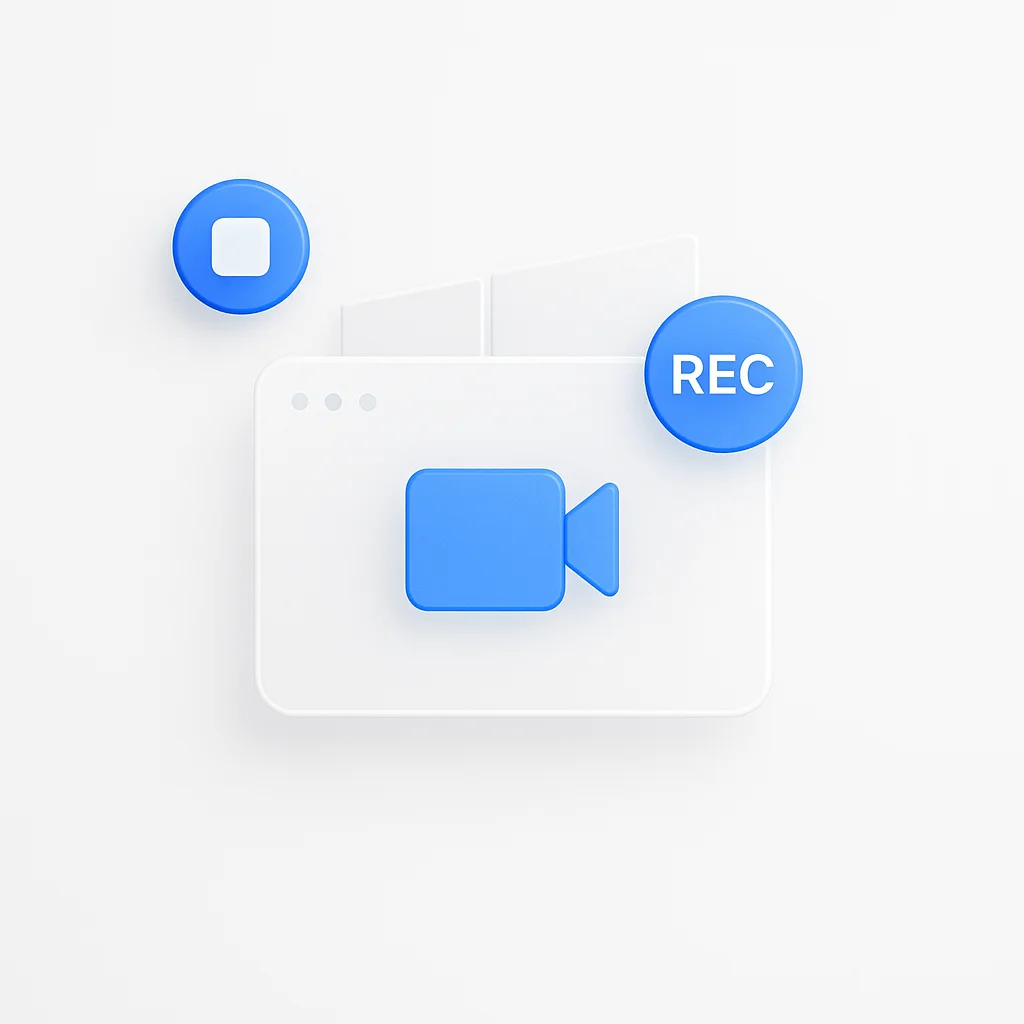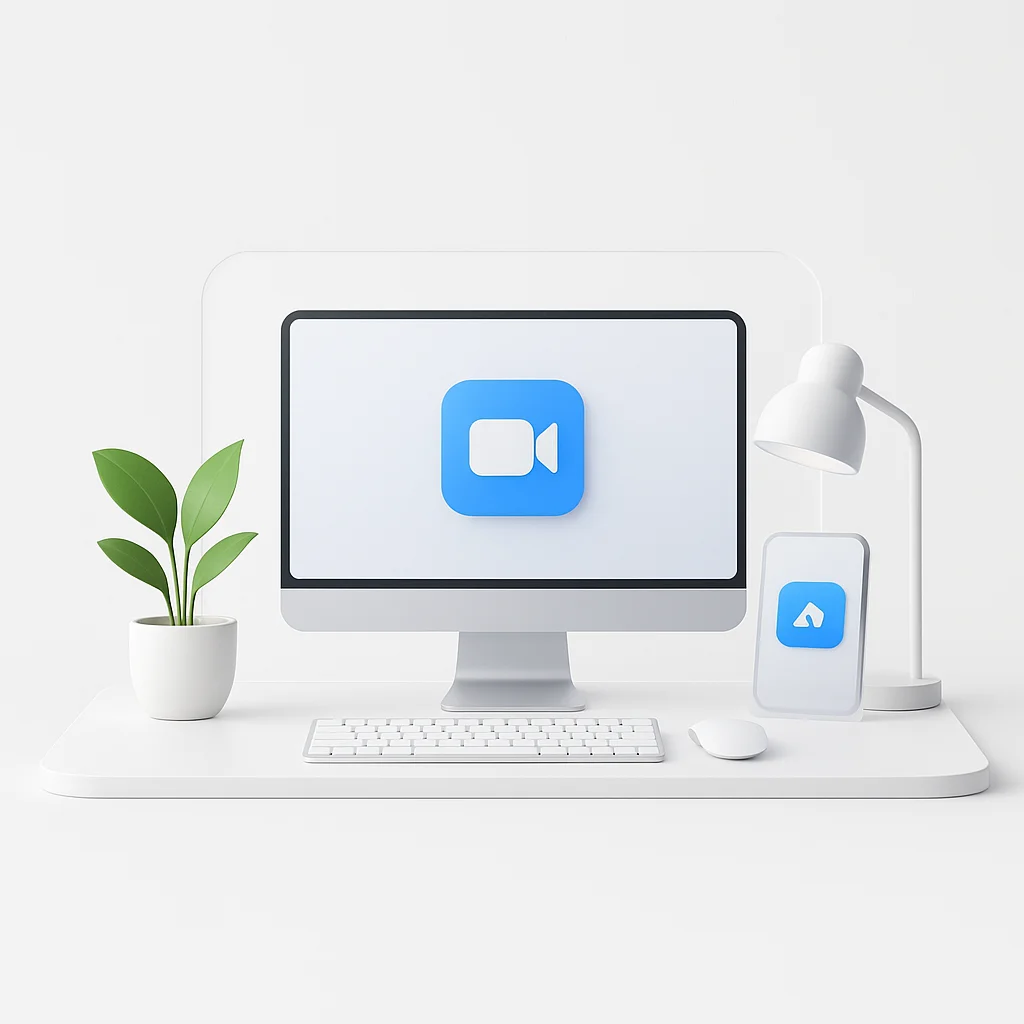Are you tired of struggling to find the perfect tool to record your computer screen on Windows 10? Look no further! We have the ultimate solution that will revolutionize your screen recording experience. Say goodbye to complicated software and hello to effortless recording with just a few clicks. Get ready to unleash your creativity and capture every moment with ease.
Introduction
In the digital age, the ability to record your computer screen has become a fundamental skill. Whether it’s for creating tutorials, streaming gaming sessions, or recording webinars, screen recording serves an array of purposes. This guide aims to provide you with step-by-step instructions on how to effectively record your computer screen on a Windows 10 platform. We’ll delve into the built-in features of Windows, discuss third-party software, and even provide tips on how to ensure high-quality recordings.
Why Record Your Screen?
Screen recording can be leveraged for various reasons, each of which aids in communication and sharing of information. Here’s why you might want to record your screen:
- Tutorials & Demonstrations: Screen recordings are often used for creating guides or instructional videos, such as software tutorials.
- Gaming: Gamers use screen recording to capture their gameplay and share it on platforms like YouTube and Twitch.
- Webinars & Online Meetings: In the era of remote work and learning, recording webinars and meetings help retain crucial details for future reference.
- Software Bug Reporting: Screen recording can help demonstrate software bugs or issues in a way that’s easy for technicians or developers to understand.
Basics of Screen Recording on Windows 10
Windows 10 comes equipped with a built-in tool for screen recording - the Game Bar. This feature was primarily designed for gamers, but it can be used by anyone looking to record their computer screen.
- Activation: Press the Windows + G keys simultaneously to activate the Game Bar.
- Recording: Click on the ‘record’ icon, or press Windows + Alt + R to start/stop the recording.
- Microphone: To include audio, turn on the microphone option by pressing Windows + Alt + M.
While the Game Bar is a convenient tool, it has certain limitations - it doesn’t allow recording of the entire desktop, only open applications. This is where third-party software comes into play, offering more comprehensive and flexible screen recording options.
How to Use the Built-in Screen Recorder on Windows 10
Using the Game Bar, Windows 10’s built-in screen recording tool, is straightforward. Let’s walk through the steps:
- Open the Game Bar: Press Windows + G keys simultaneously to bring up the Game Bar. You should see a control panel with various options.
- Start Recording: Click on the circular ‘record’ button in the Game Bar panel, or use the shortcut Windows + Alt + R to begin the recording. When recording is in progress, you’ll see a small recording timer on your screen.
- Stop Recording: To stop recording, click on the ‘record’ button again or press Windows + Alt + R. Your recording will automatically save to your Videos > Captures folder.
Remember, the Game Bar is primarily designed to record gameplay, so it may not work with certain applications, such as File Explorer or your entire desktop. In such cases, you might find third-party screen recording software more versatile and useful.
How to Record Screen with Audio on Windows 10
For those looking to record both their screen and audio on Windows 10, you’ll be happy to know that this can be done using both the Game Bar and various third-party software. Here’s how to do it with the Game Bar:
- Access the Game Bar: Press Windows + G to open the Game Bar.
- Enable Microphone: Look for the microphone icon in the Game Bar control panel. Click on it to enable audio recording. Alternatively, you can press Windows + Alt + M to toggle the microphone on or off.
- Start Recording: Once your microphone is enabled, you can start recording by clicking the ‘record’ button or using the shortcut Windows + Alt + R.
Bear in mind that this process records audio through your microphone. If you wish to record system audio (for instance, the audio from a video you’re watching), you might need to utilize third-party software that offers this feature.
Best Free Third-Party Screen Recording Software for Windows 10
While the built-in Game Bar in Windows 10 is a handy tool, it may not satisfy all screen recording requirements. This is where third-party software comes into play. Here’s a quick comparison of some of the best free screen recording software available:
Software
Features
Pros
Cons
OBS Studio
High-performance real-time video/audio capturing and mixing
Highly customizable, with No watermarks or time limits
High learning curve
ShareX
Screen capture, file sharing, and productivity tool
Extensive features beyond just screen recording, Open source
Can be overwhelming for beginners
Apowersoft Free Online Screen Recorder
Screen recording, screenshot tool, and video editing
Simple to use, No time limits or watermarks
Requires internet connection
Each of these tools comes with its unique strengths, so the choice depends on your specific screen recording needs.
Tips for High-Quality Screen Recording
High-quality screen recordings aren’t just about the software you use; they also involve best practices. Here are some tips to enhance the quality of your screen recordings:
- Clean Your Desktop: Before you start recording, ensure your desktop is clean and free from clutter. Close unnecessary applications to reduce distractions in your video.
- Choose the Right Screen Resolution: Your video’s quality heavily depends on the screen resolution. If your computer supports it, try to record in 1080p or higher.
- Check Your Audio: If you’re recording audio, use a good-quality microphone and test it before starting the recording.
- Use a Script: If your recording involves a voiceover, having a script can make your narration smoother and more professional.
- Take Advantage of Editing: Post-recording edits can significantly improve the final output. Trim unnecessary parts, and add text overlays or annotations for clarity.
Remember, practice makes perfect. The more you record, the better you’ll get at creating high-quality screen recordings.
Screen Recording Ethics and Legal Considerations
When it comes to screen recording, it’s crucial to consider the ethical and legal aspects, particularly if the content involves others. Ethically, it’s always best to seek permission before recording content that includes other individuals or proprietary material. From a legal perspective, screen recording could potentially infringe on copyright laws if it’s used to record copyrighted material without authorization.
Always remember, while screen recording is a powerful tool, it should be used responsibly, respecting privacy and intellectual property rights.
Screen Recording for Specific Applications
Certain applications have their unique needs for screen recording. For example, recording a Zoom meeting might require capturing both the video and audio of the participants, while capturing gaming sessions may need high frame rates and system audio recording.
In-depth guides specific to these applications can provide the best practices and settings required for optimal results. These guides can range from basic set-up instructions to advanced techniques like highlighting mouse clicks or integrating webcam feeds.
Advanced Screen Recording Features
Advanced screen recording features can enhance your content significantly. Understanding how to set custom frame rates, record in different formats, or use features like chroma key can take your recordings to the next level.
For instance, setting a higher frame rate can make a game recording more fluid, while chroma key features can help in creating special effects or backgrounds in your videos.
Optimizing Your Computer for Screen Recording
To ensure smooth and high-quality screen recording, optimizing your PC settings can be highly beneficial. This can involve adjusting graphic settings for better visual clarity, managing processor usage to prevent lag, or optimizing your sound settings for clearer audio recording.
Remember, the objective is to balance performance and quality without overloading your system resources.
Troubleshooting Common Screen Recording Problems
Like any tech process, screen recording can present its share of problems, including lagging, audio synchronization issues, or recording failures.
Addressing these issues involves understanding the causes – lagging can often be traced to overloaded CPU usage or setting undervolting the core, while audio issues might be a result of incorrect sound settings. In each case, detailed guides can provide step-by-step solutions to help you navigate these problems.
Saving and Sharing Your Screen Recordings
Once you’ve recorded and edited your screen recording, you’ll want to save it in a suitable format. This depends on the requirements of the platforms where you’ll share the video. For instance, MP4 is a commonly used format due to its compatibility with many platforms and devices.
It’s also important to develop a systematic approach to file naming and storage. Using descriptive and consistent names will make it easier to locate and organize your recordings. When saving files, create a dedicated folder for your recordings, perhaps even categorizing them into subfolders based on topics or dates.
Sharing your screen recordings can be done via various platforms. YouTube is a popular choice for public sharing, while Google Drive or Dropbox can be used for private or limited sharing. Remember to consider the video file size and the platform’s limitations when sharing.
User Experiences and Case Studies
Real-world experiences can provide valuable insights into the practical applications of screen recording. For instance, a case study of a software developer could highlight how they use screen recordings to document bugs, while an online tutor could reveal how they record lessons for their students.
Sharing these stories not only offers practical tips but also demonstrates the diverse ways screen recording can be used in different professions and industries.
Future Trends in Screen Recording
Screen recording, like any technology, continues to evolve. In the future, we may see further enhancements, such as AI technologies that could automate some aspects of screen recording or editing.
Virtual Reality (VR) also offers exciting possibilities. VR screen recording could allow for a much more immersive viewing experience, especially for gameplay or 3D modeling videos.
These potential trends highlight that screen recording is a versatile tool with a promising future, capable of adapting to new technologies and user needs.






